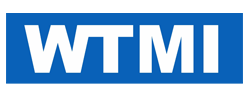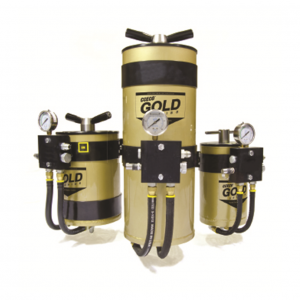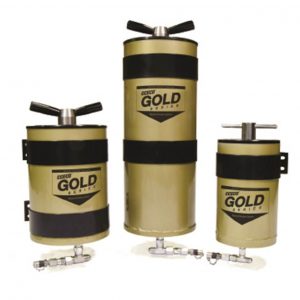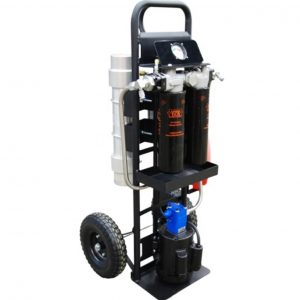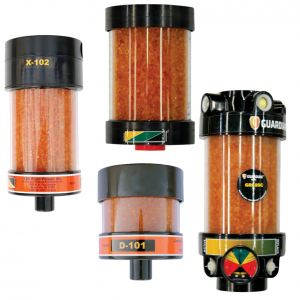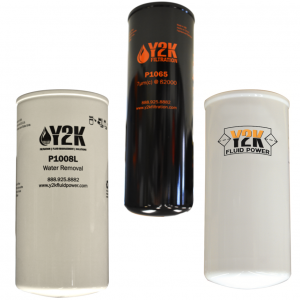Oil Analysis
Fluid Patch Test Kit:
The Y2K Patch Test Kit allows you to take a quick snapshot of what is happening inside your equipment. You’ll quickly and conveniently be able to conduct on-site particulate analysis in as little as ten minutes. When you need results now and can’t wait for an off-site lab, look no further that our convenient all-in-one patch test kit.
Oil Analysis Service Package:
We know how important accuracy is in testing. That’s why our lab has the highest quality level attainable by a testing laboratory, ISO 17025 A2La accreditation. This means every aspect of the analysis of your oil is held to the highest standards.
Analysis Package Includes:
- 24 Metals by ICP (Inductively-Coupled Plasma). ASTM D5185. This test measures 24 metals in oil. Measuring these metals help determine the type and severity of wear occurring within the unit. This test also measures some oil additives.
- Soot by percent of mass, ASTM E4212. Soot is a byproduct of combustion. High concentrations of soot in engine oil cause the oil to thicken. This causes cold start problems and an increased risk of oil starvation.
- Water by crackle percent, Y2K & CCECO testing method. Water ruins the lubricating properties of oil, increases wear and damages the vehicle or equipment.
- Viscosity at 40C or 100C ASTM D445. The most important property of oil is viscosity. This test ensures the oil has retained its lubricating properties.
- TAN (Total Acid Number), ASTM D664. This test measures the acid content in hydraulic oil. Increased acid concentration in oil causes many problems including corrosion.
- TBN (Total Base Number), ASTM D4739. Used for engine oils, this test measures the oil’s ability to neutralize acid.
- Oxidation, ASTM E2412. Oxidation measures the breakdown of oil caused by operating conditions and age. If left unchecked oxidation leads to the buildup of sludge, varnish and the formation of acids.
- Nitration, ASTM E2412. Nitration in engines is usually acused by excessive “blow by” from cylinder walls and piston rings. It is an indicator of nitric acid and accelerates oxidation.
- Particle Count, ISO 4406:99. The particle count is the best way to measure overall oil cleanliness. An ISO code of three numbers is given based on the number of particles larger than 4um, 6um and 14um.
Click here for Oil Analysis Data Sheet
Grease Analysis Package also available
Contact us for Current Pricing & Lead Times: 1-877-705-9864 or info@wtmi-usa.com
